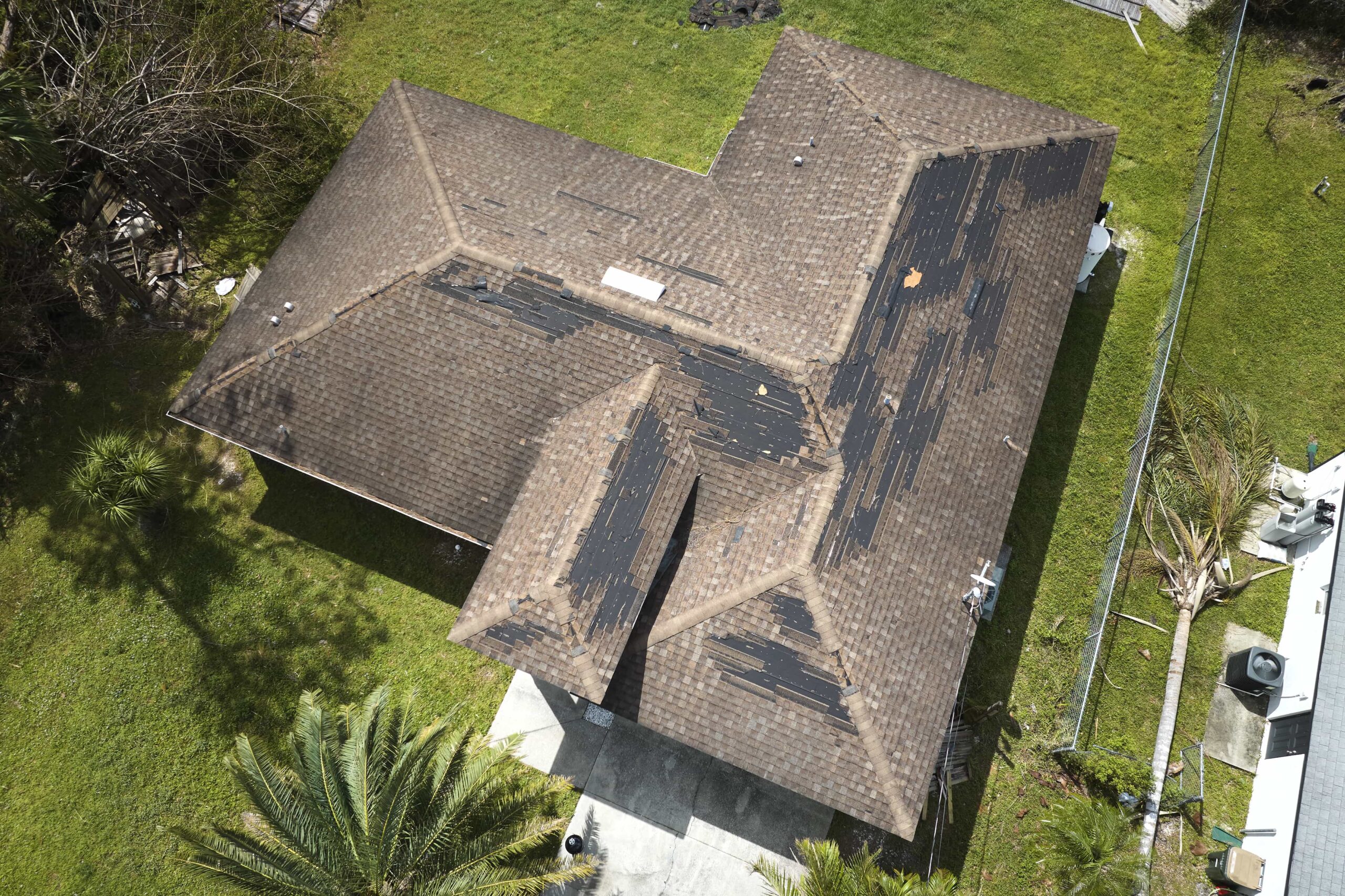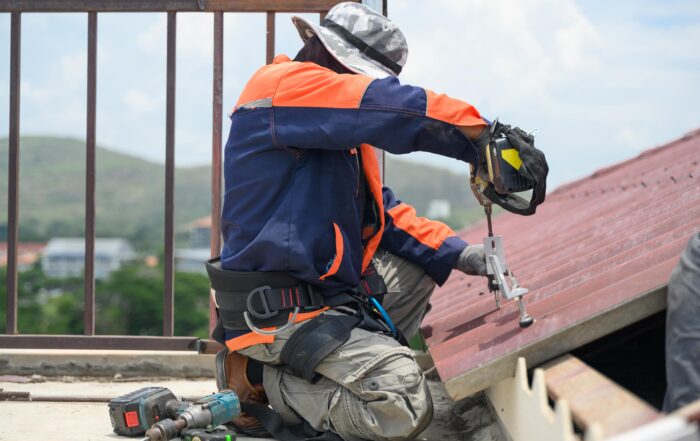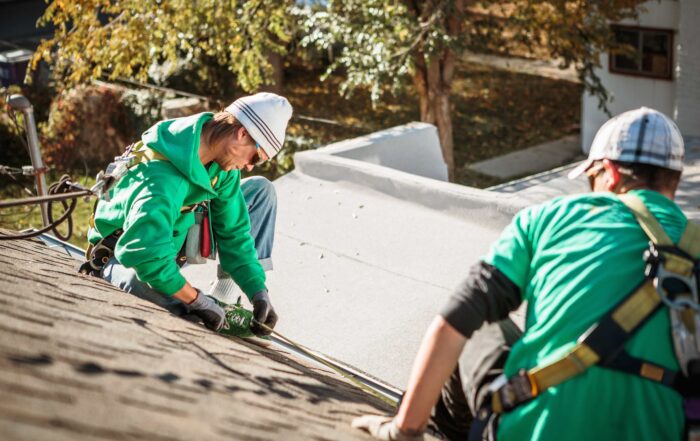
What Time of Year Is the Cheapest to Replace a Roof in Fort Worth?
Have you ever thought about whether scheduling your roof replacement could save you thousands of dollars? Fort Worth homeowners face unique challenges when it comes to roof replacement costs, and understanding seasonal pricing patterns can make a significant difference in your budget.
According to industry data , the roofing contractors industry in the US is projected to generate a market size of $76.4 billion in 2025. The answer isn’t as simple as picking a calendar month, but rather understanding how weather patterns, contractor availability, and regional demand affect pricing throughout the year.
Winter Emerges as the Most Cost-Effective Season
Winter stands out as the most economical time for roof replacement in Fort Worth. Winter represents the slowest period in the roofing industry, creating competitive pricing from contractors. This seasonal dip occurs because fewer homeowners typically consider roof projects during colder months.
Fort Worth’s mild winter climate actually works in your favor. Unlike northern states where freezing temperatures and ice create dangerous working conditions, Fort Worth winters rarely see prolonged freezing periods. Average temperatures in December through February range from 35°F to 60°F, making outdoor work completely manageable for experienced roofing crews.
Winter timing benefits include:
- December through February offers the steepest discounts from contractors.
- Reduced demand means more negotiating power for homeowners.
- Faster scheduling with shorter wait times for project starts.
- More contractor attention to individual projects due to lighter workloads.
The cost savings during winter can be substantial. Contractors often provide discounts to fill their calendars during slower months. This translates to real savings for Fort Worth homeowners who plan ahead.
Understanding Fort Worth’s Weather Impact on Pricing
Fort Worth experiences distinct seasonal patterns that directly influence roofing costs. The city witnesses hot, humid summers with temperatures exceeding 90°F, which can create challenging working conditions and affect material installation. Severe thunderstorms and heavy rainfall during spring and fall create additional scheduling complexities.
Spring typically brings increased demand as homeowners emerge from winter and assess storm damage from the previous year. This surge in demand naturally drives prices upward. Summer’s extreme heat creates both safety concerns and material handling challenges, though many contractors continue operating with adjusted schedules.
The seasonal weather challenges include:
- Spring storm damage increases demand and pushes prices higher.
- Summer heat above 90°F affects material installation and worker safety.
- Fall preparation activities create another demand spike before winter.
- Winter mild temperatures make work conditions manageable year-round.
Fall represents a middle ground with moderate temperatures and stable weather conditions. However, this season also sees heightened activity as homeowners prepare for winter, creating another demand spike.
Late Fall Offers Strategic Advantages
Late fall, specifically November, presents an excellent compromise between weather conditions and pricing. September ranks among the busiest months for roof installations, but demand typically decreases by November.
During late fall, Fort Worth experiences optimal conditions:
- Comfortable working temperatures between 50°F and 70°F.
- Reduced humidity compared to summer months.
- Fewer severe weather events than spring and early summer.
- Contractor availability before winter holiday schedulde.
This timing allows homeowners to secure better pricing while avoiding the extreme weather challenges of summer or the potential delays of winter storm systems. Professional contractors can focus on quality installation without rushing due to weather concerns.
Real Cost Savings for Fort Worth Homeowners
Fort Worth roof replacements typically range from $5,000 to $15,000, depending on size and materials. The seasonal variation in pricing can represent significant savings on these substantial investments.
Industry professionals report that off-season discounts can range from 10% to 20% compared to peak season pricing. For a typical $10,000 roof replacement project, this represents potential savings of $1,000 to $2,000 simply by timing the project strategically.
Several factors contribute to these savings:
- Reduced labor competition keeps hourly rates lower.
- Material suppliers may offer better pricing to maintain cash flow.
- Contractors compete more aggressively for available projects.
- Weather delays become less costly when scheduling pressure decreases.
Planning Your Fort Worth Roof Replacement Strategy
Successful timing requires advance planning. Winter projects should be scheduled during October or November for January or February completion. This approach allows time for material ordering, permit processing, and contractor scheduling while securing off-season pricing.
Essential planning steps include:
- Schedule free inspections during fall to assess current roof condition.
- Obtain multiple quotes during slower periods for better pricing.
- Plan material delivery to avoid weather-related delays.
- Coordinate with insurance if storm damage requires replacement.
Excel CG provides free 25-point inspectionsthat can help determine the urgency of your roof replacement. This service allows homeowners to plan timing based on actual roof condition rather than guesswork.
The importance of regular roof maintenance and inspections cannot be overstated when planning replacement timing. Early detection of issues provides more flexibility in scheduling.
Choosing the Right Materials for Cost Savings
Material selection significantly impacts both initial costs and long-term value. Choosing the best roofing material for your home requires understanding how different options perform in Fort Worth’s climate.
Popular roofing materials and their considerations:
- Asphalt shingles offer the most affordable initial investment.
- Metal roofing provides superior longevity and energy efficiency.
- Stone-coated steel combines durability with aesthetic appeal.
- Specialty roofing options may offer unique benefits for specific needs.
Stone-coated metal roofing has gained popularity among Fort Worth homeowners for its combination of durability and attractive appearance. The timing of installation can affect material costs as suppliers adjust pricing based on seasonal demand.
Working with Professional Contractors During Off-Season
Finding an expert Roof Repair Forth Worth contractor becomes easier during off-peak seasons when contractors have more time to provide detailed consultations. Winter scheduling allows for more thorough project planning and execution.
Benefits of off-season contractor selection:
- More time for detailed project planning and consultation.
- Better availability of experienced crews and project managers.
- Enhanced focus on individual projects without peak-season pressure.
- Competitive pricing due to reduced demand.
Questions to ask before hiring a contractor become even more important when planning off-season projects. Proper contractor selection ensures quality work regardless of timing.
Emergency Considerations and Timing
Not all roof replacements can wait for optimal timing. Emergency services become crucial when unexpected damage occurs during peak seasons. Understanding the difference between urgent repairs and planned replacements helps homeowners make informed timing decisions.
Emergency vs. planned replacement factors:
- Active leaks require immediate attention regardless of season.
- Storm damage may necessitate emergency tarping and quick replacement.
- Structural concerns cannot wait for optimal pricing seasons.
- Planned replacements allow for strategic timing and cost optimization.
What to do when your home roof leak begins guides addressing urgent situations while planning for comprehensive solutions.
Making the Smart Financial Decision for Your Fort Worth Home
The cheapest time to replace your roof in Fort Worth clearly falls during winter months, with late fall offering an attractive alternative. Winter’s reduced demand creates a buyer’s market where contractors compete for projects through lower pricing and enhanced service.
However, timing alone shouldn’t drive your decision.Signs of a damaged roof don’t follow seasonal schedules, and delaying necessary repairs to wait for ideal pricing can result in more expensive damage. The key lies in proactive planning during non-urgent situations.
Fort Worth’s climate advantages make off-season roof replacement more practical than in many regions. Mild winters and experienced local roofing companies in Fort Worth Texas like Excel CG ensure quality installations regardless of season. By understanding these seasonal patterns and planning accordingly, Fort Worth homeowners can achieve significant savings while protecting their most important investment their home.
Contact experienced Fort Worth roofing professionals to discuss your specific situation and develop a timing strategy that balances cost savings with practical considerations. The right planning today can save you thousands tomorrow.
FAQ’s
1. What time of year is the cheapest to replace a roof?
Late fall to early winter (November–February) is often the cheapest due to lower demand. Contractors may offer discounts to fill schedules during slower months.
2. What is the best time of year to install a roof?
Spring and early fall (April–June, September–October) are ideal-mild weather ensures proper material adhesion and safer working conditions. Avoid extreme heat or freezing temps.







































